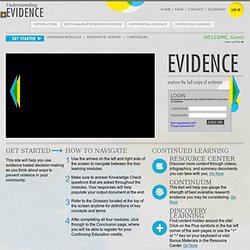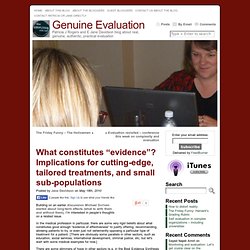

12-chapter9. From Hunger to Health. People are doing new things in the food banking world.

In our search to ‘shorten the line,’ we are getting involved in areas that we had not been involved with in the past – educational programs, anti-poverty or pro-community development work – not to mention all manner of strange new alliances and partnerships. We are discovering that our existing organizational structures are not necessarily the most efficient vehicles for getting us where we want to go. ‘Feed The Line’ and ‘Shorten The Line’ can be like two sticky gears in a truck and if you are constantly crunching between them, your engine (read staff) can become overstressed and your gearbox (read budget) may get worn out with all the upshifting and downshifting.
A standard food bank operation can feel like like tank, rumbling along, and when the situation calls for us to get all nimble and ‘ninja,’ we can find it hard to change direction. Hark! Potiphar was proud of his three-tier pallet racks ‘The Remodel’ The Vision Thing 1. 2. 3. 2012-Mayne12-ILAC-MakingCausal-Claimspdf.
123644.pdf. Elliott. 123644. Understanding Evidence. Acceptability The extent to which the stakeholders find the strategy satisfactory or agreeable ( Archival data analysis Archival data is information that has already been collected and/or documented.

It can include records that are kept by governmental and other agencies, as well as records normally kept as part of the operation of an institution or organization. Best Available Research Evidence Best available research evidence enables researchers, practitioners, and policy-makers to determine whether or not a prevention program, practice, or policy is actually achieving the outcomes it aims to and in the way it intends.
Capacity assessment Process to identify those particular areas of capacity that are strongest and those that need improvement ( Communities of Practice This concept is inclusive of the many ways that people with knowledge and experiences around a specific issue gather to share and collect their insight with a common goal in mind. Consensus. CBD149: Understanding Evidence: CDC’s Tool to Support Evidence-Based Decision Making – Natalie Wilkins. Please log in if you already have an AEA account.

If you forgot your Username or Password, click Username and/or Password Help below or contact us if you have trouble logging in. If you do not have an account, Join AEA to access this information and receive many other valuable member benefits. You may also register for a non-member account. If you are a student requesting a non-member account, click here to register. A non-member account may be required for making purchases or registering for events as a non-member of AEA. Evaluation Conclave 2013: DAY 3 - Keynote Mr. Michael Quinn Patton. The bottom-up approach to integrative val... [Eval Program Plann. 2010.
What constitutes “evidence”? Implications for cutting-edge, tailored treatments, and small sub-populations « Genuine Evaluation. Building on an earlier discussion Michael Scriven started about long-term effects (what to with them and without them), I’m interested in people’s thoughts on a related issue.

In the medical profession in particular, there are some very rigid beliefs about what constitutes good enough “evidence of effectiveness” to justify offering, recommending, allowing patients to try, or even just not vehemently opposing a particular type of treatment for a patient. [There are obviously some parallels in other sectors, such as education, social services, international development, criminal justice, etc, but let's start with some medical examples for now.] There are some glimmers of hope in other sectors (e.g. in the Best Evidence Synthesis work here in New Zealand). But there are still three areas where there are very serious challenges in building a credible evidence base given the kinds of constraints and realities surrounding them. 1. When should we think about alternatives to the RCT? 2. 3. Can I Use This Evidence in My Program Decision? Assessing Applicability and Transferability of Evidence (A & T tool)
This paper contains a summary of the current literature, including a process to help you evaluate the feasibility and generalizability of evidence to your public health practice.

The associated tool(included in paper)or the revised (2011) tools (available separately below) help you make decisions about program priorities in your own community. Also referred to as A&T / A+T Tool. How to cite this paper: Buffet, C., Ciliska, D., & Thomas, H. (2007). Can I Use This Evidence in my Program Decision? Assessing Applicability and Transferability of Evidence. How to cite the revised tool: Buffet, C., Ciliska, D., & Thomas, H. (2011). Buffet, C., Ciliska, D., & Thomas, H. (2011).